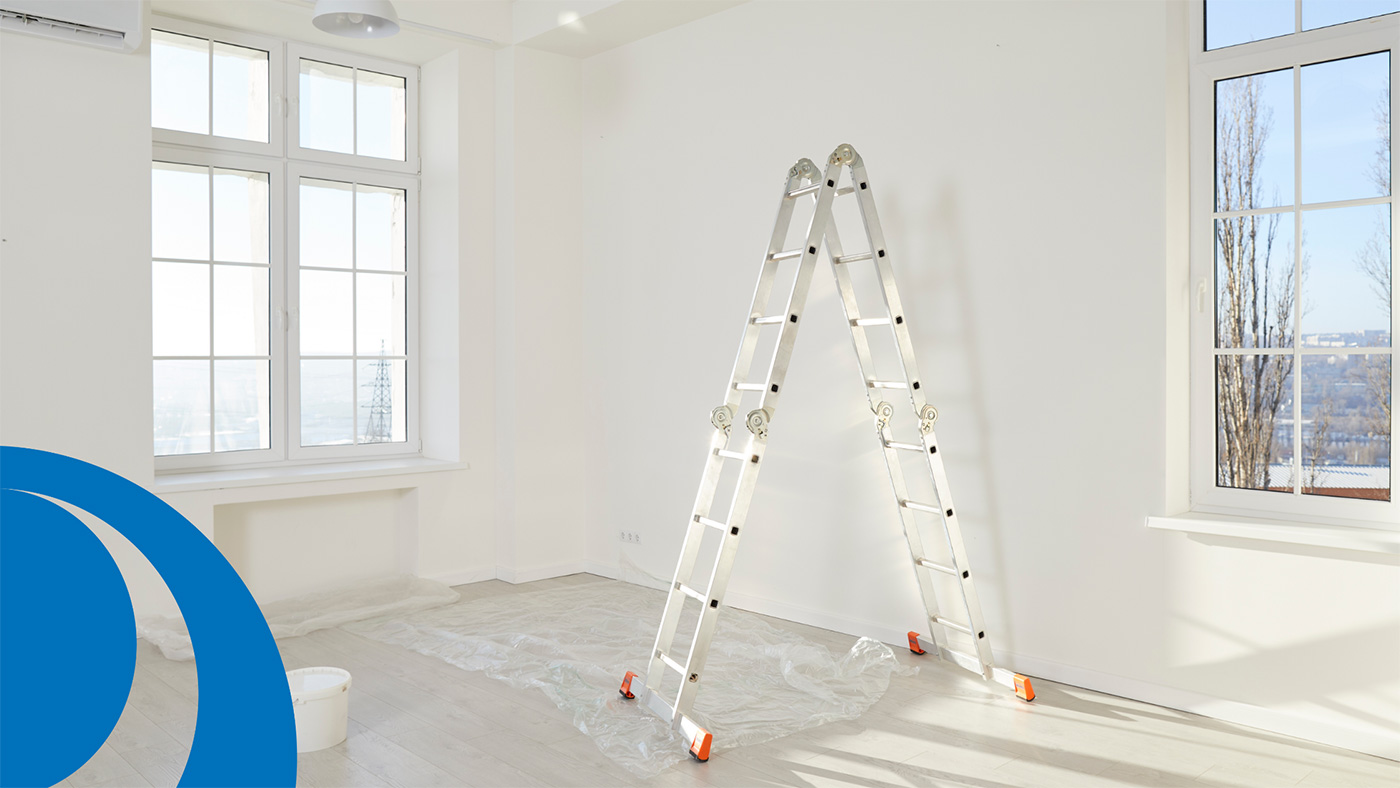
Essential safety precautions for cleaning and maintenance during DIY paint projects.
When it comes to any DIY project, especially those involving paint, safety should be a top priority. Taking the right precautions not only ensures a smooth workflow but also keeps you protected from potentially hazardous chemicals and equipment.
Here are some essential tips to keep you and your surroundings safe during cleaning, maintenance, and painting:
1. Ventilation is key
Why It’s Important: Many paints and cleaning products emit volatile organic compounds (VOCs), which can be harmful when inhaled in large quantities.
Ensure doors and windows are open. Use fans to direct fumes outwards and take regular breaks to breathe fresh air. When working in tight spaces, consider wearing a respirator mask with filters suitable for paint fumes.
2. Wear the right Personal Protective Equipment (PPE)
Eye protection: Goggles protect against splashes and debris.
Gloves: Opt for chemical-resistant gloves to prevent skin contact with paint, solvents, and cleaners.
Respirators or masks: Wear a mask that filters out harmful particles, especially if you’re sanding, spray painting, or using strong cleaning agents.
Coveralls or old clothing: To protect your skin and clothes, wear long sleeves, and cover your legs with long pants. If paint or chemicals spill, it’s much easier to wash them off protective clothing.
3. Prepare your workspace
Remove flammable items: Paints and some cleaners are flammable, so keep them away from open flames, heaters, or any source of ignition.
Cover floors and furniture: Use plastic sheets or drop cloths to protect surfaces from splashes or spills and to reduce tripping hazards from slippery surfaces.
4. Proper handling and storage of materials
Read labels carefully: Follow instructions on paint cans and cleaning products for usage and disposal.
Store products safely: When not in use, keep lids tightly sealed on paint cans and store them in a cool, dry place out of reach of children and pets.
5. Take extra precautions for hazardous surfaces
Lead-based paint: If you’re working on an older surface, there’s a chance it could contain lead-based paint, which can be toxic when sanded or chipped. Consider professional testing, and always wear a high-quality respirator if lead is suspected.
Mould or mildew: Use mould-specific cleaners for areas with mould or mildew. Avoid mixing cleaners that contain bleach with other cleaning agents, as they can create toxic fumes.
6. Practice good post-project cleanup
Clean tools and hands properly: Use dedicated cleaning agents like mineral spirits for paint brushes and wash your hands thoroughly with soap and water.
Safely dispose of rags and brushes: If you’ve used flammable solvents, make sure to dispose of used rags and brushes in metal containers or according to local disposal guidelines to prevent fire hazards.
By following these simple safety guidelines, you can enjoy a safe, smooth, and efficient DIY painting experience.
Lastly, make sure to plan your project in small, manageable sections to avoid overworking and minimise exposure to fumes and chemicals.
Remember, a little preparation and caution can make all the difference!
Happy painting!
